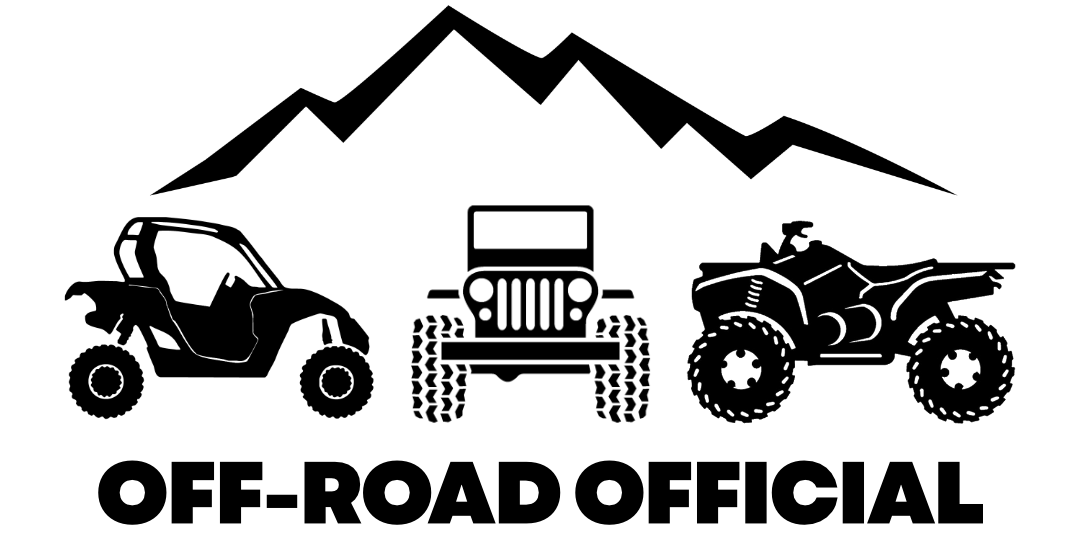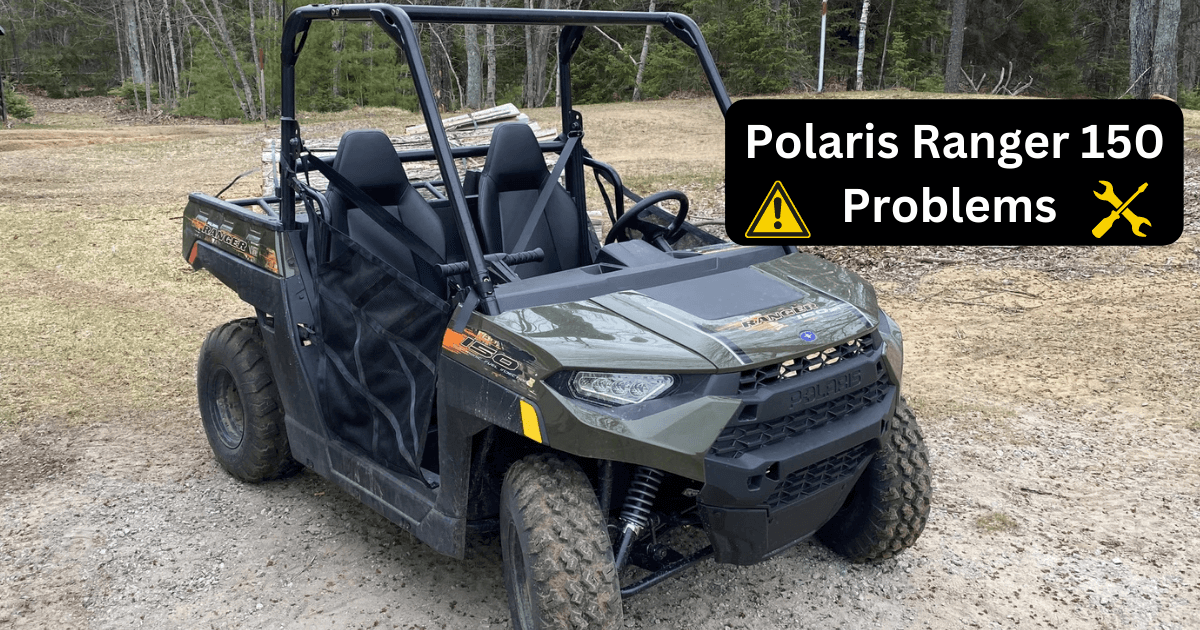As a scaled-down version of the full-size Polaris Rangers, the Ranger 150 is one of the most popular youth UTVs among both kids and parents.
But as a model that has only existed for a few years now, there are still some kinks being worked out.
This is evident in the form of a number of common Polaris Ranger 150 problems, which include:
- Lack of Low End Power and Torque
- Excessive Clutch Slippage
- Gears Grinding When Shifting
- Squeaking
- Braking Issues
- Overheating
This guide will detail each of these problems, along with likely causes and proven fixes.
Lack of Low End Power and Torque
The most common complaint with the Ranger 150 is the vehicle’s lack of low end power and torque.
While the engine has plenty of power to motor around flat surfaces, many parents and children are disappointed to find that it struggles mightily to climb hills and crawl over rocks and downed trees, especially from a dead stop.
This issue essentially makes mountainous terrain a no-go, with some softer surfaces like mud and sand being troublesome as well.
Needless to say, these limitations cause many children to find driving this UTV rather boring.
As the Ranger 150 is a chain-driven vehicle, owners can overcome this lack of torque by swapping out the stock front sprocket with a smaller one.
Going to a smaller front sprocket in chain-driven vehicles will increase the acceleration, but also decrease the top speed.

While some owners have moved to a 12-tooth front sprocket and found success, it seems that the best results come from switching to a 14-tooth front sprocket.
Many owners report that by moving to a 14-tooth front sprocket, the low end torque and acceleration is increased enough that the UTV can easily haul both an adult and child up most steep inclines and the top speed is only minimized by around 1-3 mph.
The 12-tooth front sprocket has the same effect on the acceleration, but will cause a loss of top speed of around 5 mph.
There are a number of different sprockets available online that will work, but owners should ensure they purchase a GY6 150 UTV sprocket.
This adjustment will make a world of difference with the performance of the vehicle and ensure it is much more fun for the kids to drive.
Excessive Clutch Slippage
The second most common complaint with the Ranger 150 is the tendency for the clutch to slip. These Polaris Ranger clutch problems are unfortunately nothing new.
The centrifugal clutch is known to need to get to higher RPMs before it will fully engage and take off as it should when throttled.
This leaves drivers throttling the vehicle without much response, until the RPMs reach 1,500 and the clutch then engages correctly.
This lack of throttle response due to clutch slippage can be extremely frustrating for drivers.
The only way around this is to completely replace the clutch system, which fortunately is not as big of a job as it may sound.
The majority of owners who have done this recommend the Ban Jing CVT Kit (GYC) from NCY, as it includes all of the necessary upgraded components to fully replace the stock clutch system.
Upgrading the clutch will eliminate this excessive clutch slippage and have the throttle responding much faster for drivers.
Gears Grinding When Shifting
Grinding noises are never a welcome sound to drivers of any vehicle.
Unfortunately, grinding when shifting to Forward or Reverse from a stopped position seems to be a common occurrence in the Ranger 150.
Grinding gears are also a common problem with the Ranger 570.
This grinding is usually preceded by the gear seemingly missing, but then correctly engaging shortly after the grinding.
While this issue has been brought up to Polaris and a number of dealers, the common consensus seems to be that this is a normal occurrence with these vehicles.
Normal or not, most folks would come to the conclusion that this grinding can’t be good for the vehicle.
To troubleshoot this issue, drivers should make it a best practice to hold the gear shifter in place for a moment after shifting while at the same time giving the UTV just a hint of gas.
This process should lock the gear into place correctly and eliminate the grinding. While not ideal, this is the best known solution for the issue to date.
Squeaking
Excessive squeaking when driving the Polaris Ranger 150 is another common issue, especially with newer machines.
These squeaking noises seem to originate from a few different areas, including the suspension, seat rails, and frame.
To alleviate this squeaking, owners should comb over their machines and tighten every last nut and bolt. Once tightened, apply grease to all available fittings and zerks.
Be sure to pay special attention to the arms and shocks of the suspension system, as well as the bolts around the seats and frame as these are the most frequent offenders.
While this should eliminate most of the squeaking, many owners of newer machines have found that the squeaking wears off over time as the vehicle is broken in.
Braking Issues
Owners of a new Polaris Ranger 150 may also run into a braking issue, where the UTV may feel like the brakes are on at all times and the vehicle does not have much ability to coast.
This may get progressively worse as the brakes warm up, and will likely be accompanied by the brake lights illuminating without any pressure being applied to the brake pedal and the error code for accelerator/brake overlap displaying.
This happens as some new units are delivered with the braking push rod adjusted to be too long, causing the brakes to be automatically activated much of the time.
To fix this, owners can adjust the brake linkage to be slightly shortened.
After making this adjustment, owners should notice the vehicle rolling freely in neutral and the brake lights no longer illuminating without the brake applied.
Overheating
The engine overheating is another recurring issue in the Polaris Ranger 150, which will send the vehicle into limp mode and force owners to let it cool down for 15 to 20 minutes before restarting it to get it home.
This overheating also affects the Ranger 1000 and generally occurs for a few different reasons.
- Clogged Radiator or Vent Fan
- Airlock in Coolant System
- Blown Head Gasket
Clogged Radiator or Vent Fan
The radiator tends to cake up with dried sand, mud, and dirt over time, which will lead to overheating.
Additionally, the engine vent fan can become clogged with grass or debris which exasperates this issue as well.
Be sure and clean the radiator fins frequently to prevent this, especially after splashing through mud or puddles.
And if you’re driven through tall grass, remove any blockage from the vent fan.
Airlock in Coolant System
When the engine comes close to overheating or overheats, you’re Ranger 150 is at risk of forming an air bubble in the coolant system.
If this happens, it will prevent coolant from being pumped properly and lead to more overheating.
You’ll need to follow a bleeding process to bleed the air from your system to stop it.
Blown Head Gasket
A blown head gasket is another common cause of overheating.
A head gasket can go anytime the engine overheats, and once on is cooked, it will lead to continuous overheating.
Test your head gasket with a test kit to confirm whether it’s cooked, and replace it if so.
Final Thoughts
While the Polaris Ranger 150 makes for a safe UTV for kids out of the box, potential owners should consider that they will need to make some modifications to unlock the vehicle’s full entertainment potential as well.
And these models do suffer from some common issues, but so does the rest of the line of Rangers including the ever-popular Ranger XP 900.


